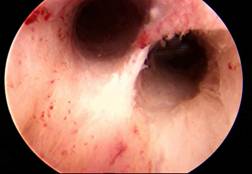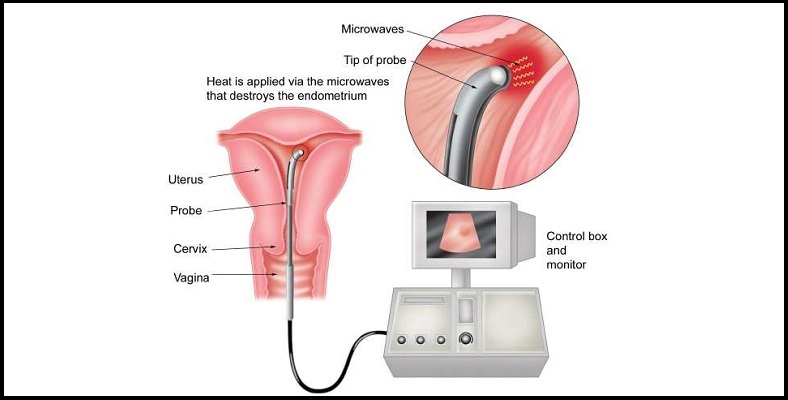Endoscopic Surgery
laparoscopic hysterectomy:
A laparoscopic hysterectomy is a minimally invasive surgical procedure to remove the uterus. A small incision is made in the belly button and a tiny camera is inserted. The surgeon watches the image from this camera on a TV screen and performs the operative procedure. Two or three other tiny incisions are made in the lower abdomen. Specialized instruments are inserted and used for the removal process. Some women do not have their ovaries removed when they undergo a hysterectomy. If the ovaries stay inside, the woman does not need to take any hormones after the surgery and she does not have hot flashes. Some women remove their ovaries because of family history of ovarian cancer or they have an abnormal growth on their ovary.

Diagnostic Lapro hysteroscopy:
Diagnostic video Laproscopy and hysteroscopy. Video Laproscopic surgery like adhesiolysis, coagulation of endometriosis, ovarian drilling for management of polycystic ovary disease (PCOD). Video hysteroscopic surgery like cornual cannulation, polypectomy, transcervical resection of endometrium (TCRE), hysteroscopic septal resection. Laproscopic Hysterectomy (LAVH, TLH), laparoscopic myomectomy, laparoscopic cystectomy and laparoscopic recanalisation.
Endoscopy:
State of art endoscopy equipment. we perform all gynecologic enoscopic procedures and Infertility related surgeries. Tubal recannulization,Ectopic pregnancy termination.

Normal Laparoscopy

Normal Hysteroscopy

Hysteroscopic Cornual Cannulation

Trans Cervical Endometrium Resection ( TCRE )

Uterine septum
TCRE:
A TCRE is an effective alternative to hysterectomy for women who have heavy periods. It involves the removal of the lining of the uterus/womb (the endometrium), which is the source of the bleeding. TCRE is performed under a general anaesthetic. A narrow telescope (hysteroscope) is inserted through the vagina and cervix into the uterus. A camera attached to the hysteroscope allows the uterine cavity to be shown on a TV monitor during surgery. Your uterus is filled with a sterile, harmless liquid to give a better view. The lining of the uterus/womb (endometrium) is then stripped or burned away with a heatgenerating instrument inserted through the hysteroscope.

Tubal cannulation:
Tubal cannulation is a procedure used to help clear blockages in a woman’s fallopian tubes. Blockage is a common cause of female infertility because the fallopian tubes are vulnerable to infection and surgical damage. Between 12 - 33% of infertile couples experience a blockage, which affects the woman’s ability to get pregnant
Copyright© 2017 All Rights Reserved. Designed By Creative Max Studios | Powered By Dial Ur Ad